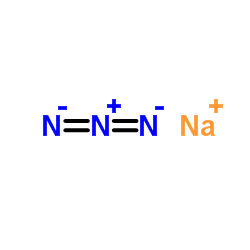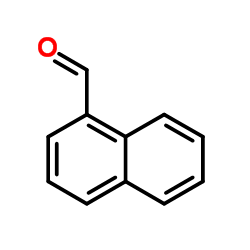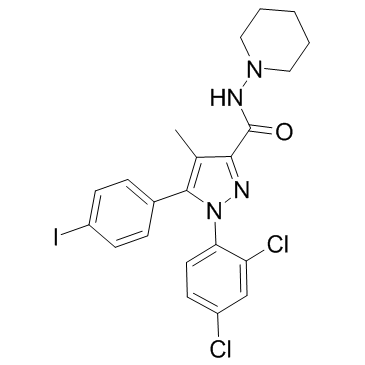| 结构式 | 名称/CAS号 | 全部文献 |
|---|---|---|
 |
叠氮化钠
CAS:26628-22-8 |
|
 |
氯化钠
CAS:7647-14-5 |
|
 |
二甲基亚砜
CAS:67-68-5 |
|
 |
1-萘甲醛
CAS:66-77-3 |
|
 |
氯化钠-35cl
CAS:20510-55-8 |
|
![[6-碘-2-甲基-1-[2-(4-吗啉基)乙基]-1H-吲哚-3-基](4-甲氧基苯基)甲酮 结构式](https://image.chemsrc.com/caspic/477/164178-33-0.png) |
[6-碘-2-甲基-1-[2-(4-吗啉基)乙基]-1H-吲哚-3-基](4-甲氧基苯基)甲酮
CAS:164178-33-0 |
|
 |
1-(2,4-二氯苯基)-5-(4-碘苯基)-4-甲基-N-(哌啶-1-基)-1H-吡唑-3-甲酰胺
CAS:183232-66-8 |
|
 |
8-辛酰氧基芘-1,3,6-三磺酸三钠盐
CAS:115787-84-3 |
|
 |
氨甲基膦酸
CAS:1066-51-9 |